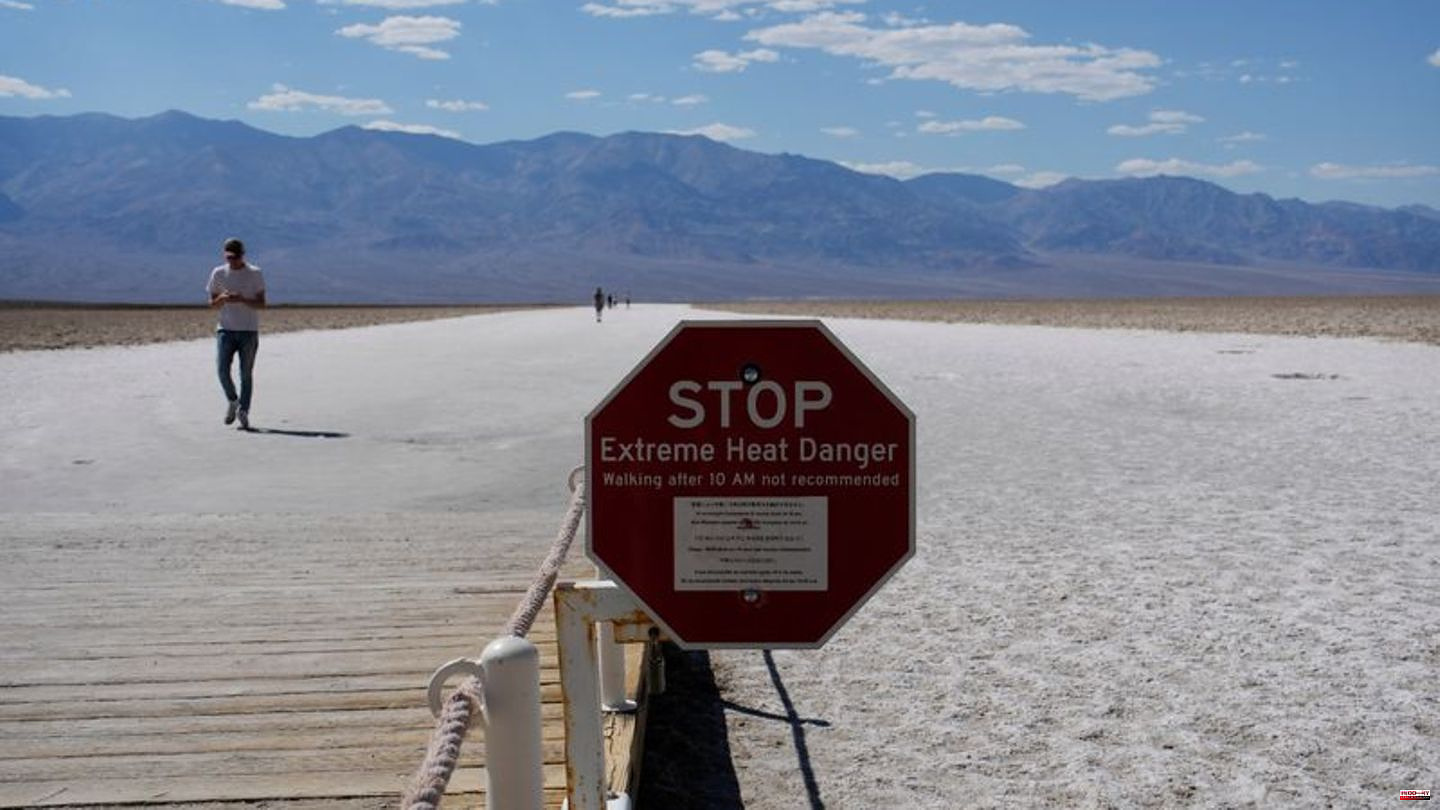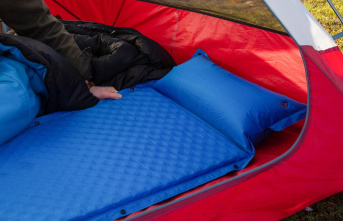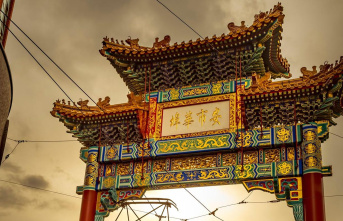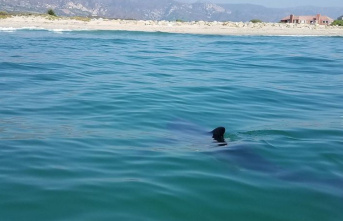September arrives in California with extreme summer heat. For days, the authorities have been warning of possible record temperatures that threaten over 40 million people in the west coast state and neighboring regions by the middle of next week. California Governor Gavin Newsom had already declared a state of emergency on Wednesday as a precaution in order to provide relief measures and resources. Already on that day, 44 degrees Celsius had been measured in Burbank - a record for the highest daily temperature since records began in 1939 for this location north of Los Angeles.
Temperatures in excess of 50 degrees Celsius have been forecast for the weekend in California's Death Valley, which is notorious for its incredible heat. "Death Valley" also holds the world record for hottest place on earth. On July 10, 1913, 134 degrees Fahrenheit (56.7 degrees Celsius) was recorded there, Death Valley National Park reports on its website.
Hottest, driest place
About an hour and a half's drive from Las Vegas, Nevada, Death Valley is the hottest, driest place and one of the lowest places in the United States, at 86 meters below sea level. The shape of the narrow basin contributes significantly to the temperatures, because the steep mountains around it radiate the heat back into the valley. In addition, the clear, dry air and the sparse growth of plants ensure that the ground warms up considerably.
Even in the casino city of Las Vegas, where 37 degrees Celsius would be normal at this time of year, temperatures could rise to over 44 degrees at the weekend, forecasters warn.
Sweltering heat, common in inland California, is now set to hit coastal regions as well. There, a breeze from the Pacific usually provides cooling. In the coastal town of Santa Barbara, for example, there are now warnings of "extreme" heat. The city has turned several libraries into air-conditioned cold centers where people can take shelter from the heat.
Governor Newsom warned of bottlenecks in the energy supply and called on the residents of the most populous US state to save electricity, for example they should not set their air conditioning to the lowest temperatures. When the summer heat is high, the air conditioning systems usually run at full blast, which can lead to bottlenecks with temporary "blackouts". Then the electricity is switched off completely in various districts for a short time.
Drought increases the risk of forest fires
Concerns about further forest fires are also increasing. After a nearly rainless summer, many areas of California are severely parched and highly flammable. Scientists take it for granted that the climate crisis is exacerbating extreme weather events such as drought and heat, which contribute to more violent wildfires. At temperatures of over 42 degrees Celsius, almost 400 firefighters fought the so-called "Route Fire" north of Los Angeles on Thursday. The authorities said that 550 buildings in the fire area were threatened by the flames.
The threat of extreme heat is a reminder of how "real" the climate crisis is, Newsom said on Wednesday. He called for "urgent action" to end dependence on climate-damaging fossil fuels. On Thursday night, the Californian parliament passed a comprehensive climate protection package with investments in the billions, for example for renewable energies, electric vehicles and to combat drought. From the year 2035, the state wants to only allow emission-free new cars, by 2045 California wants to be climate-neutral.
The legislative package also stipulates that California's last remaining nuclear power plant will continue to operate until 2030. Democrat Newsom initially supported the planned closure of the Diablo Canyon reactor by 2025, but then backed down so as not to endanger the state's energy supply. Environmentalists had called for the plant to be shut down.












